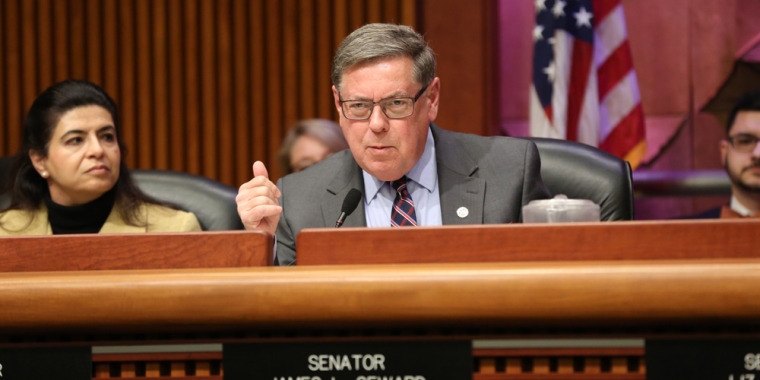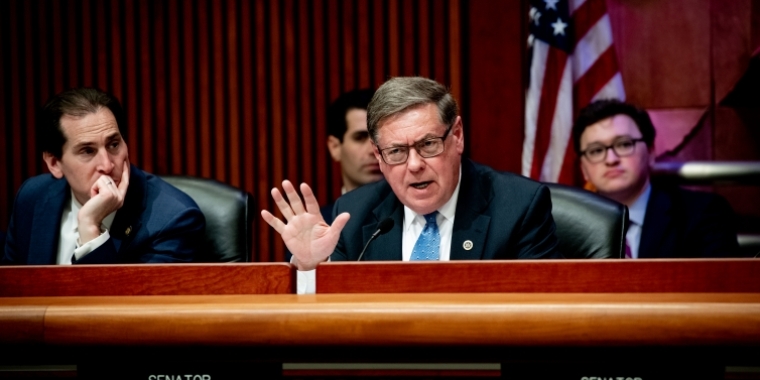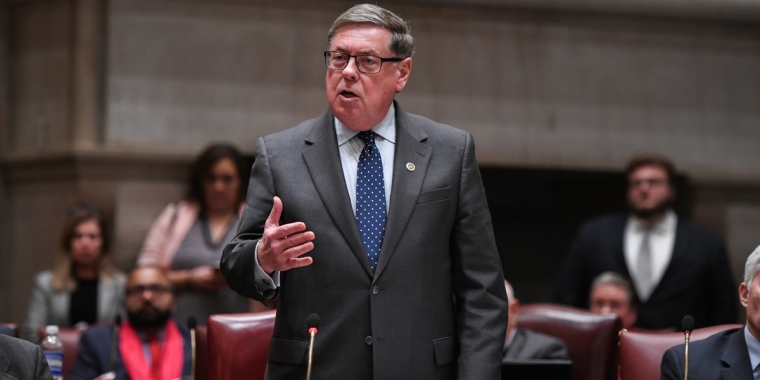
Buckle Up - Stay Safe On The Highway
James L. Seward
December 24, 2009
As holiday travel increases it is important that we properly secure our most precious cargo – our loved ones and ourselves.
Back in 1984, New York became the first state to enact a mandatory seat belt law. The law became effective in 1985. Prior to the law only 16 percent of New Yorkers wore their seat belts; now 88 percent buckle up. New York's seat belt law is a "primary enforcement law.” This means that a police officer may stop you for not having a seat belt on. Along with requiring all front seat passengers to buckle up, the law also has special conditions concerning children.
Every passenger under age 16 in the vehicle must use a safety restraint regardless of where he is sitting. If under age four, all children must be properly secured in federally-approved child safety seats that are attached to the vehicles by safety belts or universal child restraint anchorage (LATCH) systems. A child under age four who weighs more than 40 pounds may be restrained in a booster seat with a lap and shoulder belt.
Up until last month, the booster seat requirement expired after a child’s seventh birthday, but that requirement has now been extended until a child turns eight. There is an exception to the booster seat requirement. A child more than four feet nine inches tall or more than 100 pounds is allowed to use a seat belt that has both a lap belt and a shoulder harness. To use the seat belt, the child must be able to sit straight up against the vehicle's seat back with his or her knees bent comfortably over the edge of the seat. The lap belt should be placed low and tight across the upper thighs; the shoulder belt should rest tightly but comfortably across the child's chest and shoulder (collar bone) without touching the throat. If the seat belt does not fit properly, the child should use a booster seat with a lap and shoulder belt.
Over the next several weeks you will hear and read a great deal about the importance of seat belts. Annually, during the heavily traveled holiday season, police agencies make a concerted effort to educate motorists about the importance of seat belts as well as enforce the state’s laws. While following the law, and avoiding a traffic fine is a good reason to buckle up, the best reason is that seat belts save lives.
A seat belt absorbs the force of impact in a traffic crash and reduces one’s risk of being killed or injured. It holds a person securely to help prevent him from striking hard objects inside the vehicle while being tossed around. One is less likely to be thrown (ejected) through the vehicle's windshield or doors - and vehicle ejection usually results in death.
A seat belt offers the most protection when a driver or passenger sits upright. Most seat belts easily adjust to allow some comfort and free movement until you need it for protection. To properly wear your seat belt, the lap belt portion should be tight but comfortable across your upper thighs at your hip joints and the shoulder belt should rest snugly across your chest and shoulder, away from your face or neck. Never place the shoulder belt behind your back or under your arm. Improper use of a seat belt or shoulder belt can cause internal injuries in a crash.
One other thing to consider carefully is the positioning of your child’s safety seat. Proper placement is essential in maximizing a seat’s protective capabilities. If you are uncertain about your seat’s positioning there are a number of resources available to assist with installation. Many police agencies as well as AAA offices and public health offices have trained technicians that can provide you with assistance free of charge. For a complete list you can check on-line at SafeNY.com. The website also has additional information about child safety seats and traffic safety.
Share this Article or Press Release
Newsroom
Go to NewsroomSeward Joins Senate Republicans to Unveil Job Creation Platform
February 27, 2019

Seward Continues Push for Upstate Needs
February 12, 2019

Frontier Follow-Up
February 12, 2019

